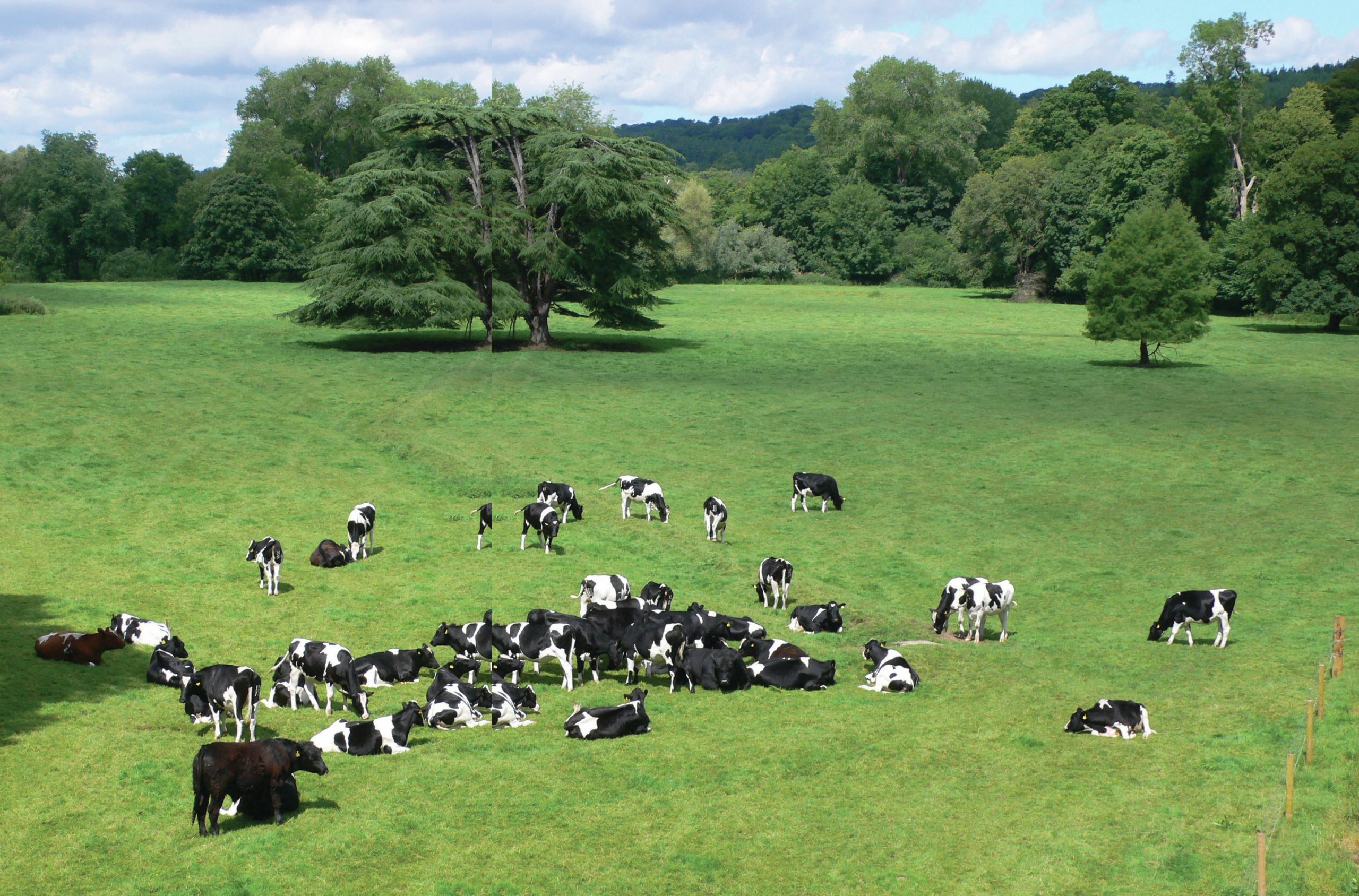
We share this planet with millions of other species and most of us interact in some way with animals virtually every day of our lives. Some of us have pets, most wear clothes made of wool and shoes made of leather. We eat fish and drink milk, see birds flying overhead, and watch wildlife programmes on television. Our relations with animals are multiple and complex. They include links that are biological, cultural, ecological, economic and political.
One of the most commonplace ways in which we interact with animals is by using them, harnessing their labour and produce to the benefit of humankind. Our use of animals is one of the most important ways in which human society impacts the physical environment. Study of the numerous types of animals at work forms a cornerstone of ‘animal geography’, a branch of our subject that is becoming increasingly prominent.
Your organisation does not have access to this article.
Sign up today to give your students the edge they need to achieve their best grades with subject expertise
Subscribe




